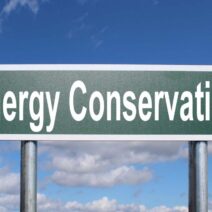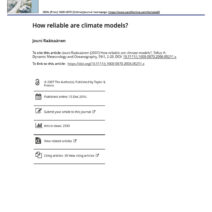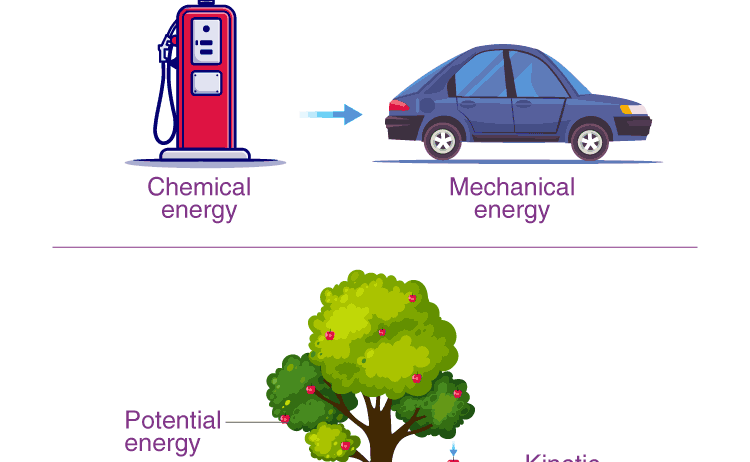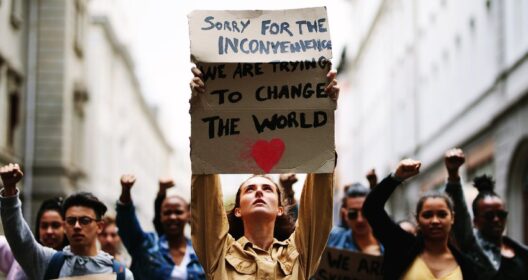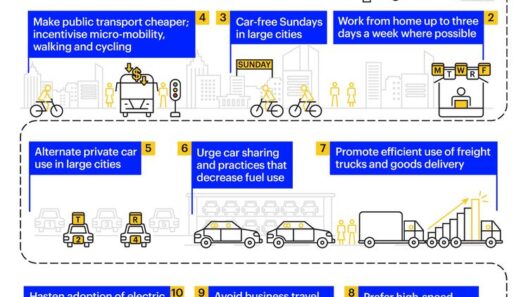The conservation of energy law is often encapsulated in the statement: energy cannot be created or destroyed; it can only be transformed from one form to another. This fundamental principle is at the core of physics and serves as a cardinal rule that governs not just academic disciplines but also practical applications in our everyday lives. Given the pervasiveness of energy in varying forms, from kinetic to thermal, the implications of this law stretch widely across numerous fields like engineering, environmental science, and even economics.
When we scrutinize our modern existence, a playful question arises: *What would happen if we could magically create energy at will?* The immediate answer may seem enticing—a world free from energy crises, pollution, and resource depletion. However, this whimsical notion soon reveals a paradox: uncontrolled energy creation could lead to disastrous consequences. Hence, the conservation of energy law not merely provides a framework for understanding physical processes but also encourages a rational and responsible approach to energy consumption and its far-reaching effects.
The law’s roots trace back to the early formulations of physics, gaining prominence in the 19th century. These developments underscored energy’s role in mechanical systems, heat transfer, and various physical phenomena. The first notable realization of this law emerged from studies in thermodynamics. It asserts that, in a closed system, the total amount of energy remains constant, despite the changes in its form. For instance, when you push a swing, the kinetic energy imparted converts into potential energy at the highest point before transforming once again as the swing descends—a prime demonstration of this principle in action.
In exploring the nuances of energy conservation, it is crucial to delineate between closed and open systems. A closed system, by definition, exchanges no energy with its surroundings, allowing for an internal equilibrium dictated strictly by the conservation law. Open systems, however, interact with their environment, thus complicating the equation; even so, the overall conservation of energy still reigns supreme. It is not merely an abstract concept but a foundational understanding that underlies all physical feedback loops in both natural ecosystems and engineered solutions.
One of the most profound realizations encapsulated within the conservation of energy law is the idea of energy efficiency. Achieving efficiency is tantamount to optimizing the use of energy for desired outputs while minimizing waste and losses during transformation processes. Consider a hydroelectric dam: the potential energy stored in the water is converted into kinetic energy as it flows through turbines, subsequently transforming into electrical energy. However, the efficiency of this conversion is seldom maximal; losses through friction, heat, and sound are inevitable, echoing the urgency for enhancements in technology and processes to more closely approach optimal energy conservation.
Furthermore, the conservation of energy law advances the discourse on renewable energy sources. As countries worldwide grapple with fossil fuel dependency and the associated environmental ramifications, transitioning towards sustainable energy is not merely a choice but a necessity. Solar, wind, and geothermal energy represent a shift in focus from finite resources to the utilization of naturally replenished energy forms. For example, solar panels convert sunlight directly into electricity, showcasing energy transformation while preserving the essence of the conservation law: the sun’s energy is harnessed rather than exploited in a consumptive sense.
The environmental implications of energy conservation and efficiency extend into realms such as climate change and resource sustainability. The laws of thermodynamics dictate that our biosphere is grounded in energy flow; hence, an increased demand necessitates a proportional understanding of its supply. Overconsumption leads to depletion, deforestation, and the pollution of vital resources. A challenge lies herein—not only how to adhere to the conservation law but also how society can educate and motivate individuals toward energy-conscious practices. The real question to ponder is: how does one inspire a communal shift in attitudes towards energy use without infringing on personal freedoms or economic growth?
Engaging in dialogue regarding energy conservation involves addressing technological, socio-economic, and political factors. The allure of cutting-edge innovations is often overshadowed by parochial agendas that prioritize immediate convenience over long-term sustainability. Gigantic corporations frequently wield substantial influence over energy policies and regulations, potentially stifling initiatives that promote responsible resource management. The task falls upon informed citizenry, advocates, and policy-makers to champion a collective ethos of conservation that transcends merely understanding energy laws and transforms our choices and actions.
Through education, engagement, and awareness, communities can foster sustainable practices that reflect the values of conservation—these principles can resonate through energy audits, renewable energy implementations, and grassroots activism aimed at reducing carbon footprints. The conservation of energy is not just a scientific concept but a social commitment, obligating us to respect the boundaries and capabilities within which we operate. Every single action, whether it be turning off an unused light or advocating for sustainable legislation, contributes to the grand tapestry of energy conservation.
In conclusion, the law of conservation of energy is a steadfast rule that invites scientific inquiry, environmental responsibility, and ethical consideration. By embracing the complexities of energy systems and the interactions they entail, we not only deepen our understanding of the physical world but also our responsibility to foster a sustainable future. The question remains whether we, as stewards of our planet, can harness this knowledge toward collective action that safeguards our environment for generations to come. Solving this dilemma is our challenge, and the answers lie at the intersection of education, innovation, and communal resolve.
